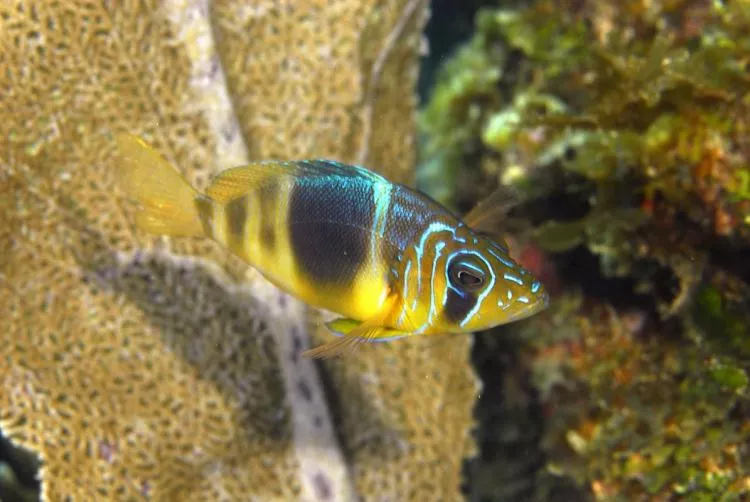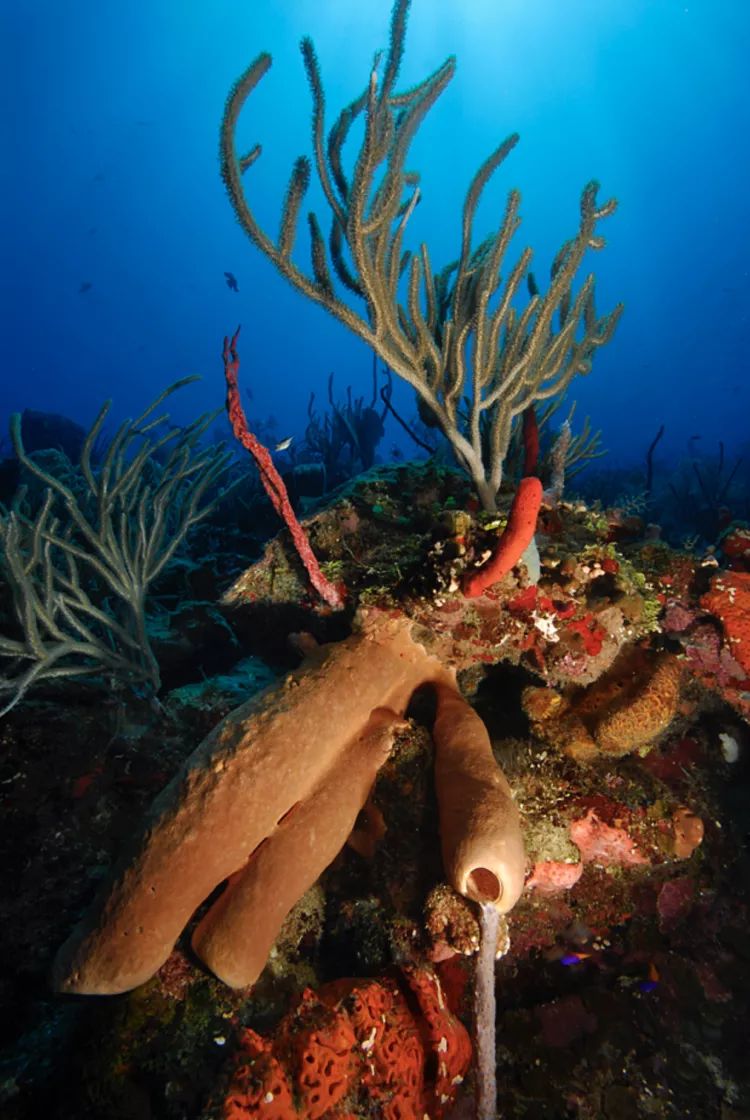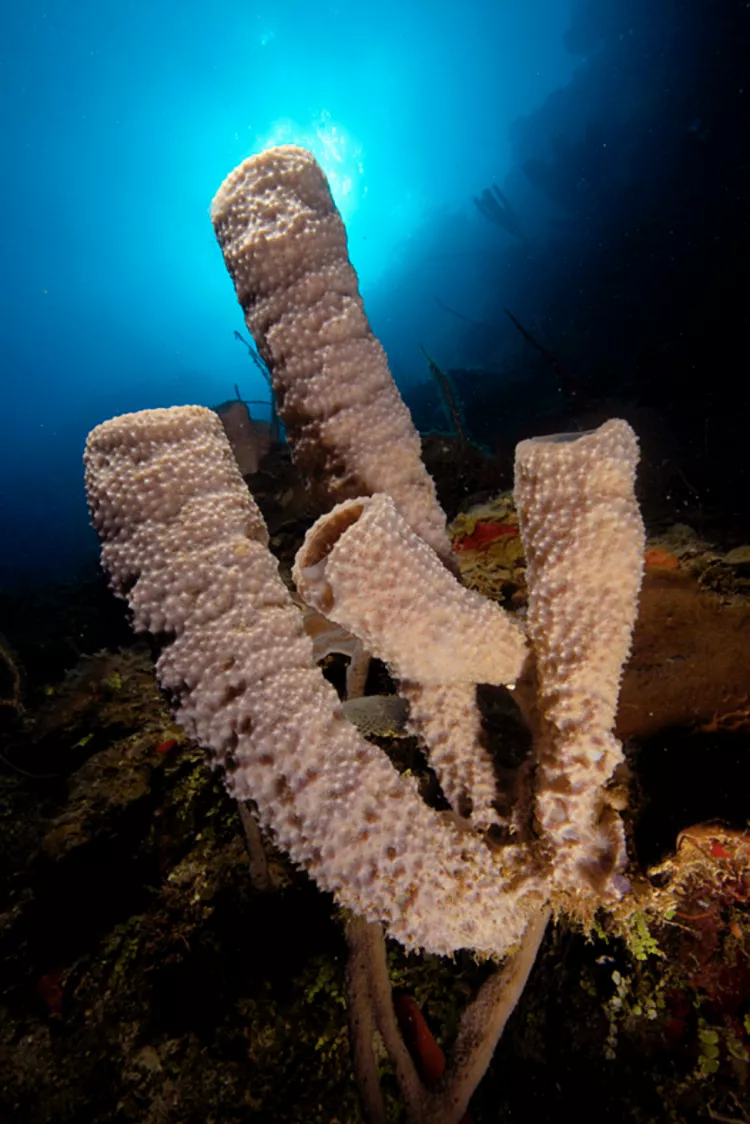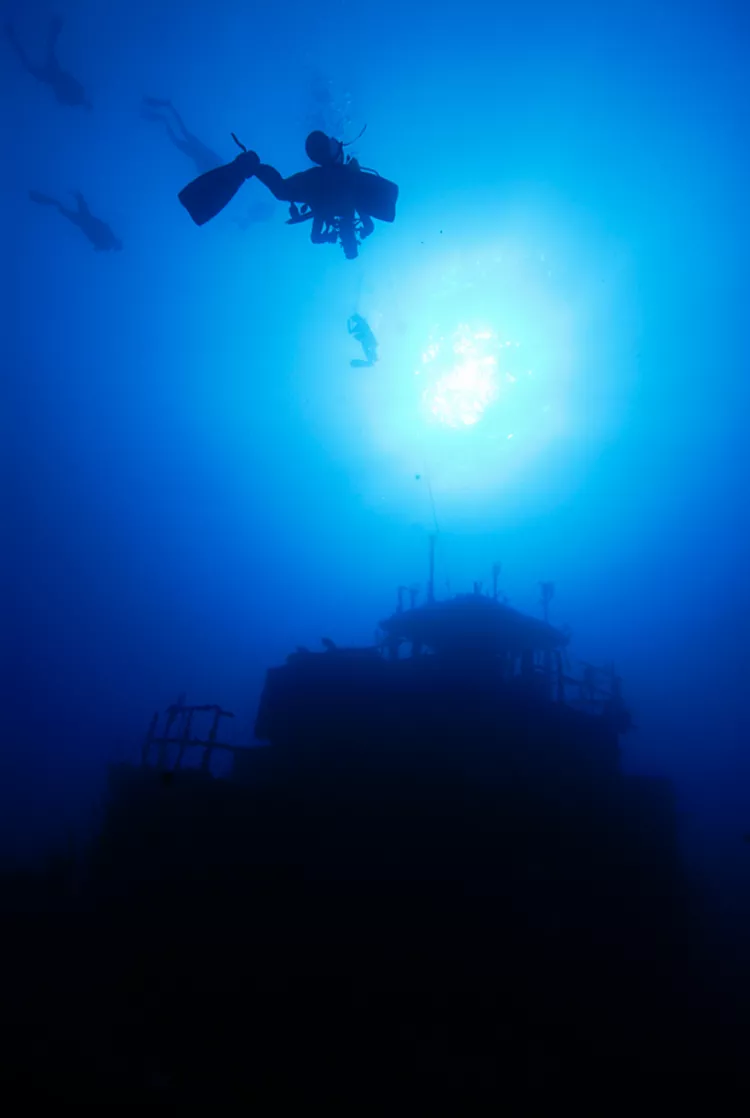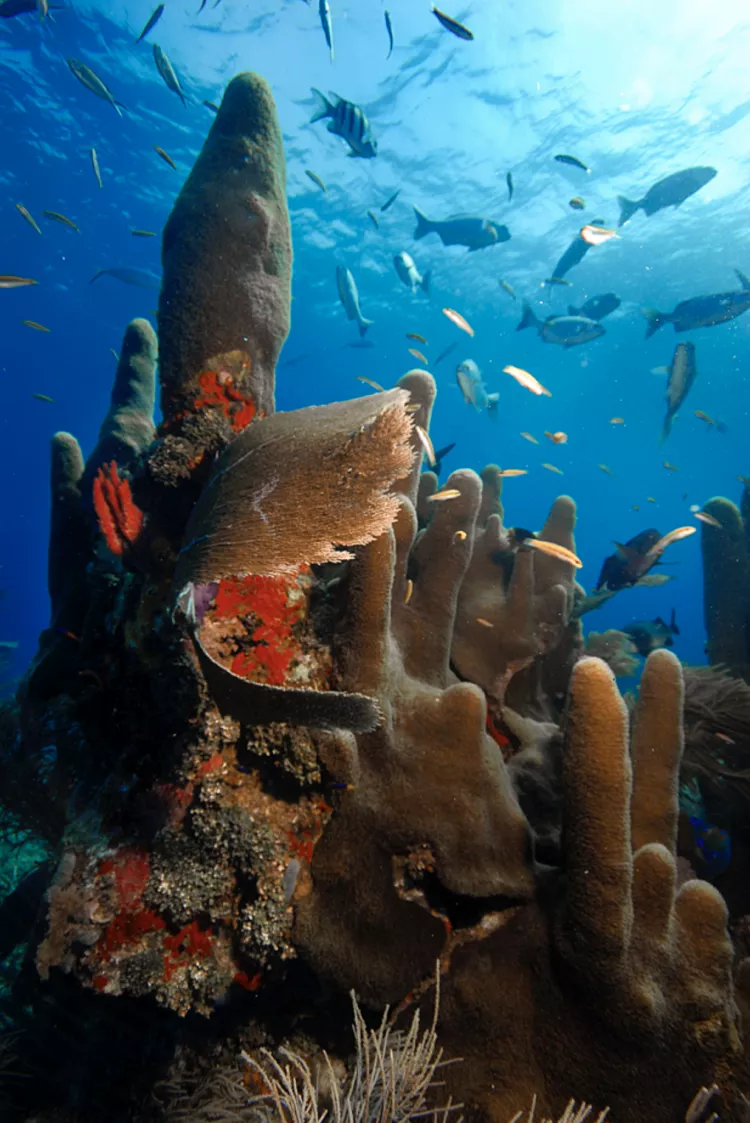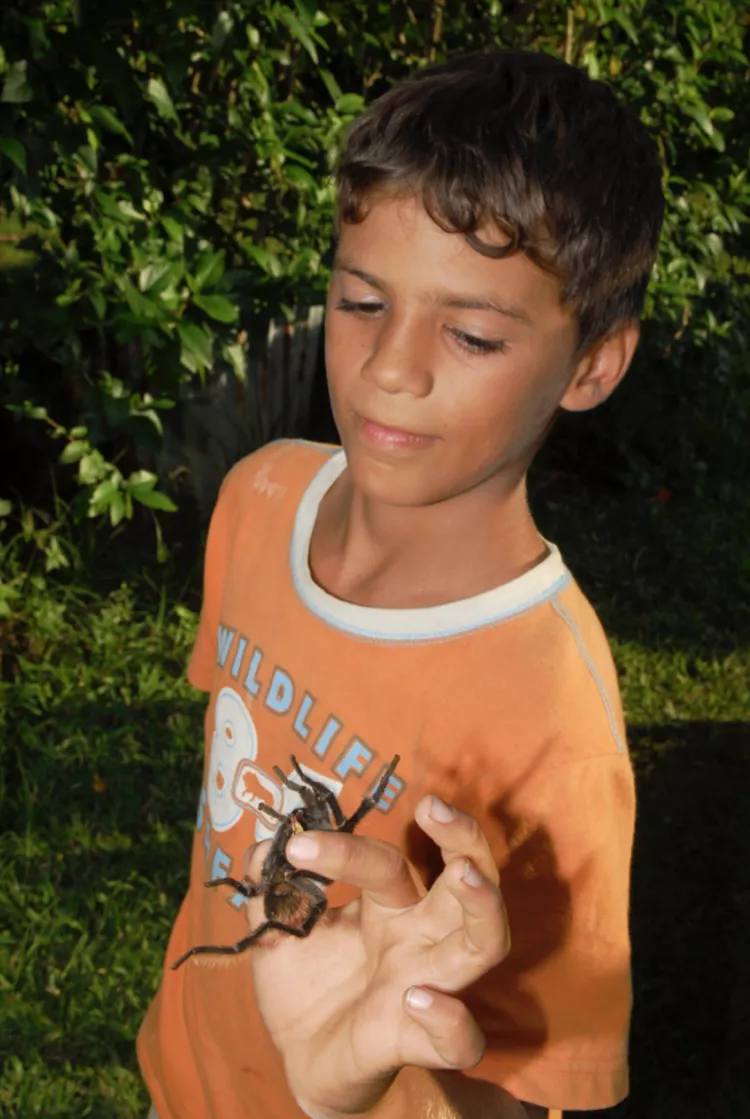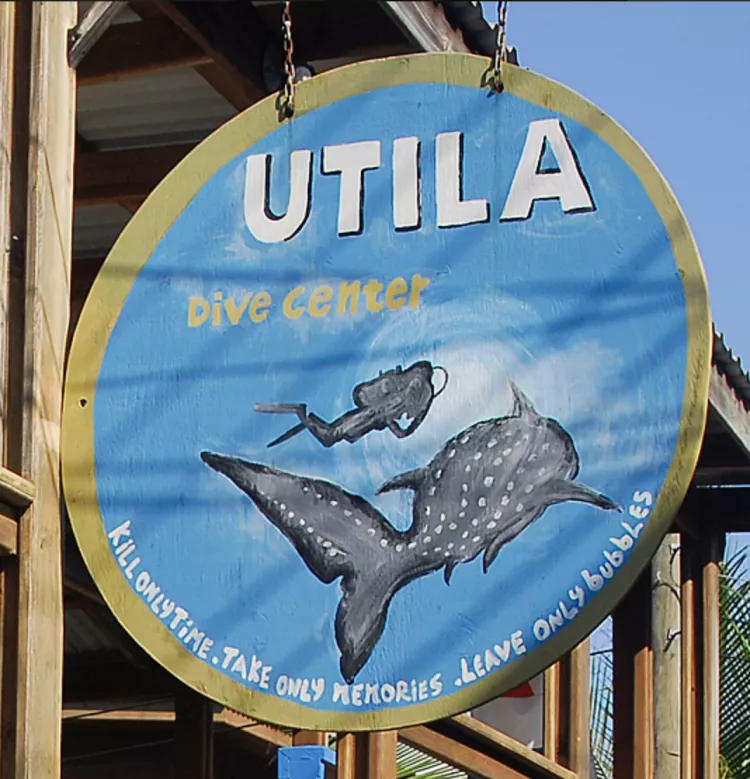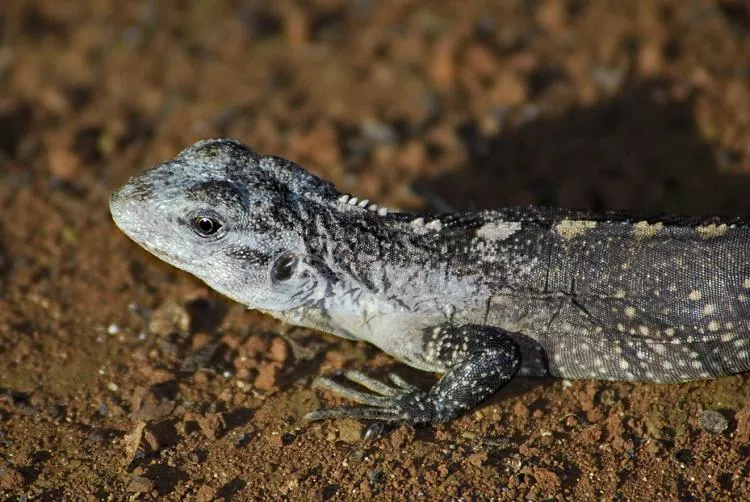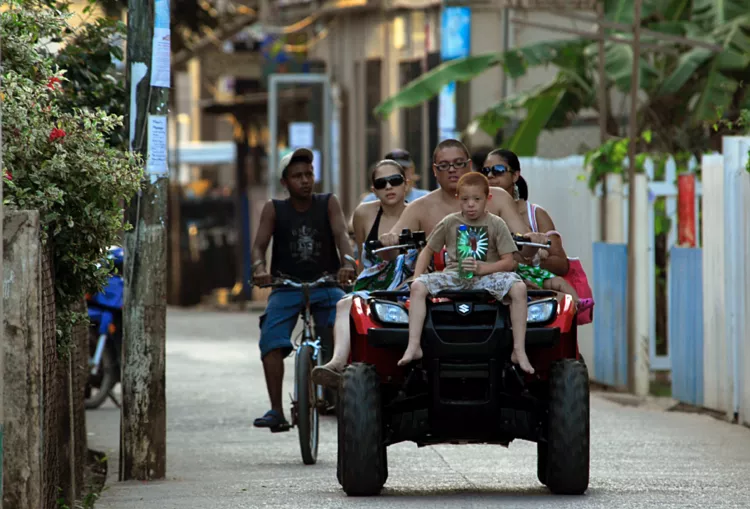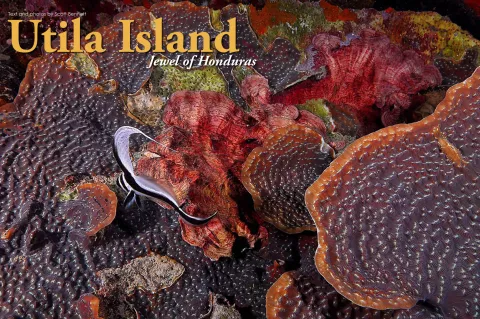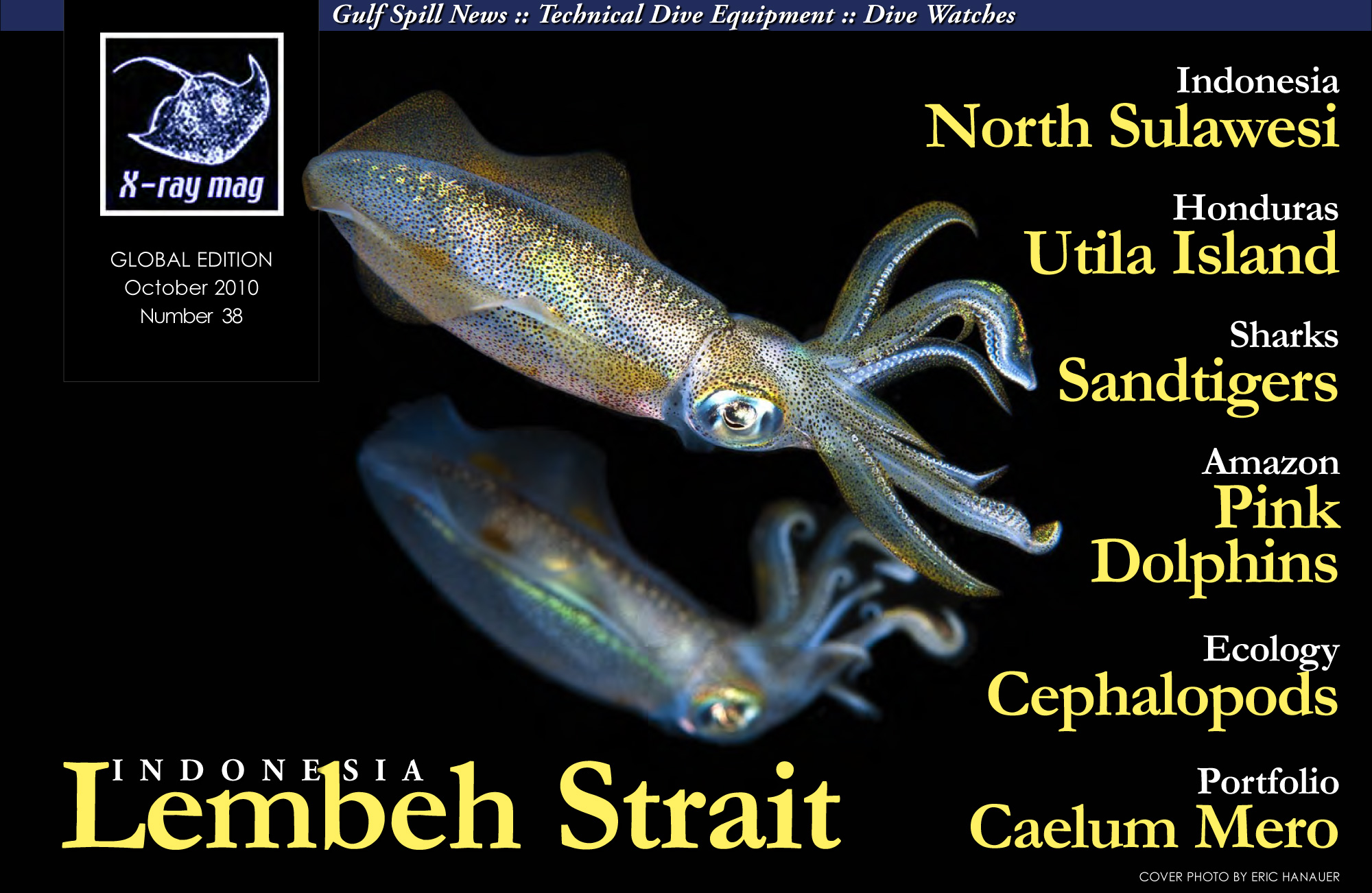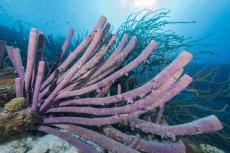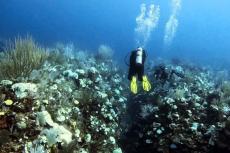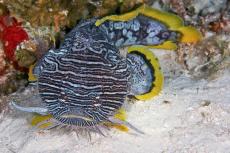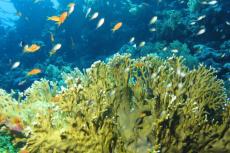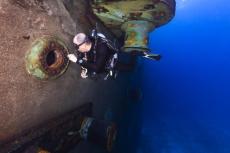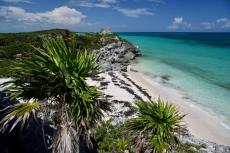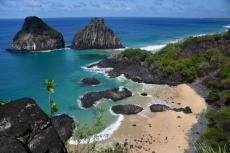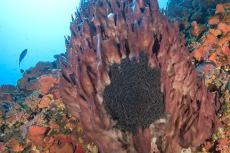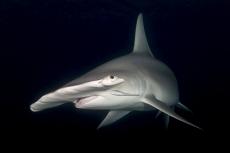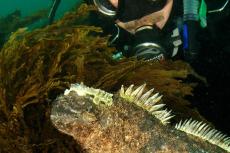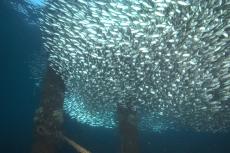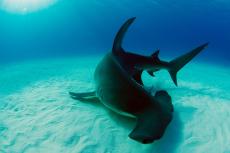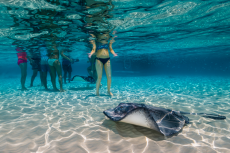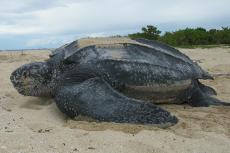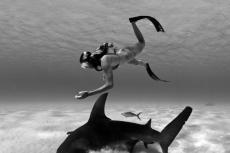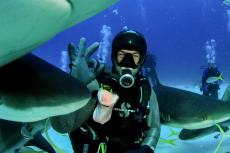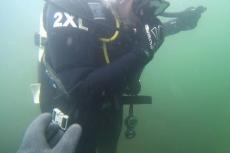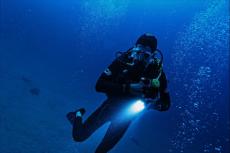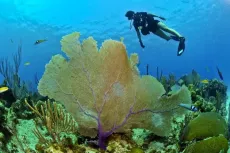“If you’ve been to South East Asia, don’t bother with the Caribbean” is a phrase I’ve encountered many times over the last decade. Having done virtually all of my diving in Asia-Pacific, the region’s legendary diversity tends to leave one a tad spoilt. When you’ve dived exclusively in the world’s biodiversity hotspot, it’s all-too-easy to assume that other areas will suffer by comparison. However, when an opportunity arose to visit the island of Utila in Honduras, I was immediately intrigued.
Contributed by
Getting there proved somewhat easier than anticipated. I discovered a non-stop service to Roatan from my home in Toronto on Sunwing, a charter airline that just started flights this past winter. Better still was the fact I could avoid the long stopovers required by connecting flights travelling through the United States.
Four and a half hours after departing cold and drizzly Toronto, I landed at Roatan’s compact international airport. After breezing through customs, I gathered my gear and I headed outside the terminal. A 20-minute taxi ride delivered me to the West End, one of the main tourist areas on the island. From here, I caught Captain Vern’s catamaran for the four-hour trip to Utila. I was somewhat surprised by the nationalities of the passengers—virtually all of them were fellow Canadians. Then Captain Vern uttered something rather ominous, “It’s going to be rough out there today, so I hope everybody has taken their sea-sick pills.” Scanning the waters ahead, I could see a profusion of whitecaps. Yikes!
Within 15 minutes of departure, the vessel started heaving, and so did the passengers. (A word of warning: a lack of sleep, copious amounts of beer and rough seas do NOT mix!) I speedily shifted to the non-vomiting side of the boat and tried to enjoy the rest of the trip. Fortunately, my stomach contents remained intact. When all was said and done, the trip took an hour longer than expected, and we finally arrived in Utila around 5:00PM.
Situated approximately 65km off the north Honduras coast, the Bay Islands consist of eight islands and more than 60 cays. In contrast to the more rolling terrain of Roatan, Utila is quite flat, with the notable exception being the rounded summit of Pumpkin Hill.
The island
Traditionally, Utila was largely a fishing community with the initial settlements to be found on the Utila Cayes, 11 palm-fringed islands off the southwest coast. Only 13km long and 5km wide with much of the coastline dominated by mangroves, the island is virtually uninhabited except for the small fishing village of East Harbour (Utila Town). Due to 300 years of British influence, the main language of the island’s 6000 inhabitants is English, whereas mainland Honduras speaks Spanish.
In contrast to Roatan’s more mainstream tourist scene, Utila is decidedly more charming, boasting a laid-back Caribbean vibe. Gingerbread houses awash in a range of pastel hues lined the main road, while traffic consisted of an eclectic assortment of electric golf carts, ATV’s and most surprisingly, Thai-style tuk-tuks. It became immediately apparent that diving is prominently woven into the island cultural fabric, with more “diver down” flags draped from buildings and flagpoles than actual Honduran flags!
After checking in at the Utila Dive Centre (UDC), I was driven to my home for the week, the Mango Inn. Nestled amidst luxuriant tropical gardens buzzing with hummingbirds, the resort was situated in a quiet residential area of town, but only a 5-minute stroll from the all the amenities and restaurants on the main street.
Later in the evening, I met up with Andy Phillips, UDC’s course director. Over a delicious pizza and a few Salva Vida beers at the Mango Inn, Andy gave me ...
(...)
Published in
-
X-Ray Mag #38
- Läs mer om X-Ray Mag #38
- Log in to post comments
- Log in to post comments

